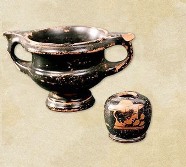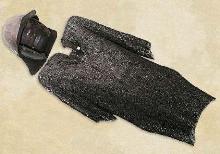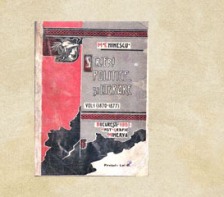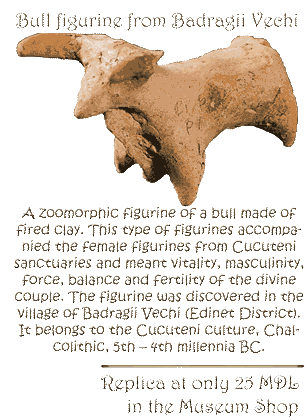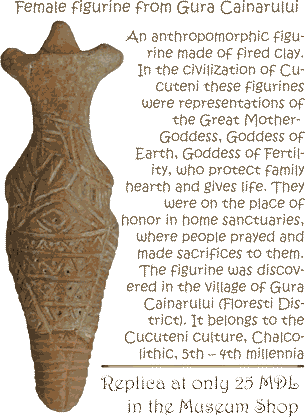News
To the attention of the NMHM visitors: Changing the work schedule
The National Museum of History of Moldova informs you that starting from 01.05.2024, a new work schedule will be applied in which Friday will become a scheduled day and Monday will be a non-scheduled day.
This change comes as a result of an extensive analysis of the current situation but also of the desire to align NMHM with international museum practices. The need to make Friday a scheduled day is argued by the fact that the number of people wishing to visit the museum on Friday is high. Friday is an important part of weekend tourism, the weekend being generally dedicated to rest, and NMHM's observations in recent years show that there are more requests to enter the museum on Friday than on Monday. In addition, many schools and high schools around the country request guided tours and various other museum activities on Fridays, as it is an optimal day for field trips. The change in museum hours is also beneficial for foreign visitors accustomed to international practice, when most museums in the world's major cities have Monday off. They are puzzled and often outraged to see the doors closed when they come to visit the museum. In addition, following the data presented by the National Bureau of Statistics, which confirms that our country is increasingly visited, and the number of foreigners, consumers of museum culture is increasing. The fact that Friday is currently a non-program day significantly reduces the number of visitors but also affects the image of the museum. At the same time, given that public accessibility to the museum is a basic element of the museum's definition, and the flow of visitors comes specifically towards the end of the week, starting on Friday, we consider it appropriate to make Friday a day with a program. Thus, starting from 01.05.2024, NMHM will activate according to the following schedule: Daily:
Summer schedule (April - October) - 10 a.m.- 6 p.m.;
Winter schedule (November - March) - 10 a.m.-5 p.m. Closed: Mondays, January 1, 7 and 8, March 8, the first and second day of Easter, Easter, May 1, August 27, 31 and December 25.
|
 31 August 1989 St., 121 A, MD 2012, Chisinau, Republic of Moldova
31 August 1989 St., 121 A, MD 2012, Chisinau, Republic of Moldova

















